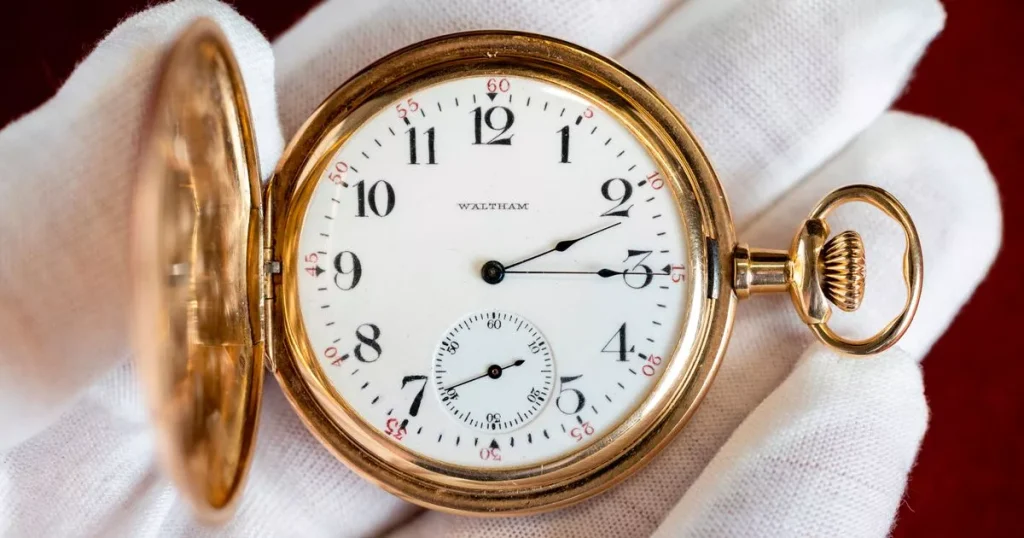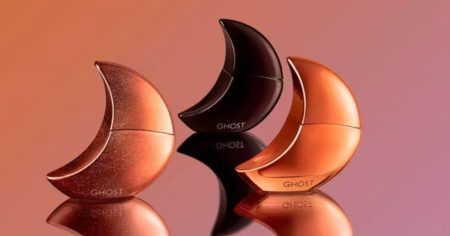A gold pocket watch recovered from the body of the richest man on the Titanic, American hotelier John Jacob Astor IV, was recently sold for a record-breaking £1.175 million. Astor was among the 1,522 people who perished when the supposedly “unsinkable” ship hit an iceberg on April 15, 1912. He went down with the ship after ensuring the safety of his pregnant wife, and his gold 14-carat Waltham timepiece bears his initials “JJA.” The watch was restored by his son Vincent and was sold for almost eight times its estimated value, making it the most valuable piece of Titanic memorabilia to ever be sold. This sale surpassed the previous record set in 2013 for the violin played by Wallace Hartley, the Titanic’s bandmaster, and its leather case.
The auction took place at Henry Aldridge & Son in Wiltshire, where the prices fetched for these Titanic-related artifacts were described as “absolutely incredible” by auctioneer Andrew Aldridge. He noted that these prices reflect not only the significance of the items but also the enduring fascination with the Titanic story. Other notable sales in the past include a 32ft plan of the Titanic used in the inquiry into the tragedy, which sold for £195,000 the previous year, and a fur coat worn by survivor Mabel Bennett, which fetched £181,000 in 2017.
The two items sold at the auction, the gold watch belonging to John Jacob Astor IV and the violin played by Wallace Hartley, were among numerous Titanic-related memorabilia pieces that attracted great attention and interest from collectors and enthusiasts. The historical significance of these artifacts, connected to one of the most tragic maritime disasters in history, contributed to the high prices they fetched at the auction. The watch and the violin symbolize the stories of individuals aboard the Titanic and serve as reminders of the human tragedy that unfolded on that fateful night in 1912.
The details surrounding the sale of these Titanic artifacts highlight the enduring legacy of the Titanic disaster and the lasting impact it has had on popular culture and historical memory. The record-breaking sale of these items underscores the continued fascination with the Titanic story and the desire to own tangible pieces of that history. The prices fetched for these artifacts indicate the strong market demand for Titanic memorabilia and the significant value placed on items connected to this iconic event in maritime history.
The sale of the gold pocket watch and the violin from the Titanic serves as a poignant reminder of the lives lost on that tragic night in 1912. These artifacts provide a tangible connection to the passengers and crew who were aboard the ill-fated ship, offering a glimpse into their stories and experiences. The high prices these items commanded at auction reflect the historical significance and emotional resonance of the Titanic disaster, ensuring that the memory of those lost lives will continue to be honored and remembered for generations to come.















